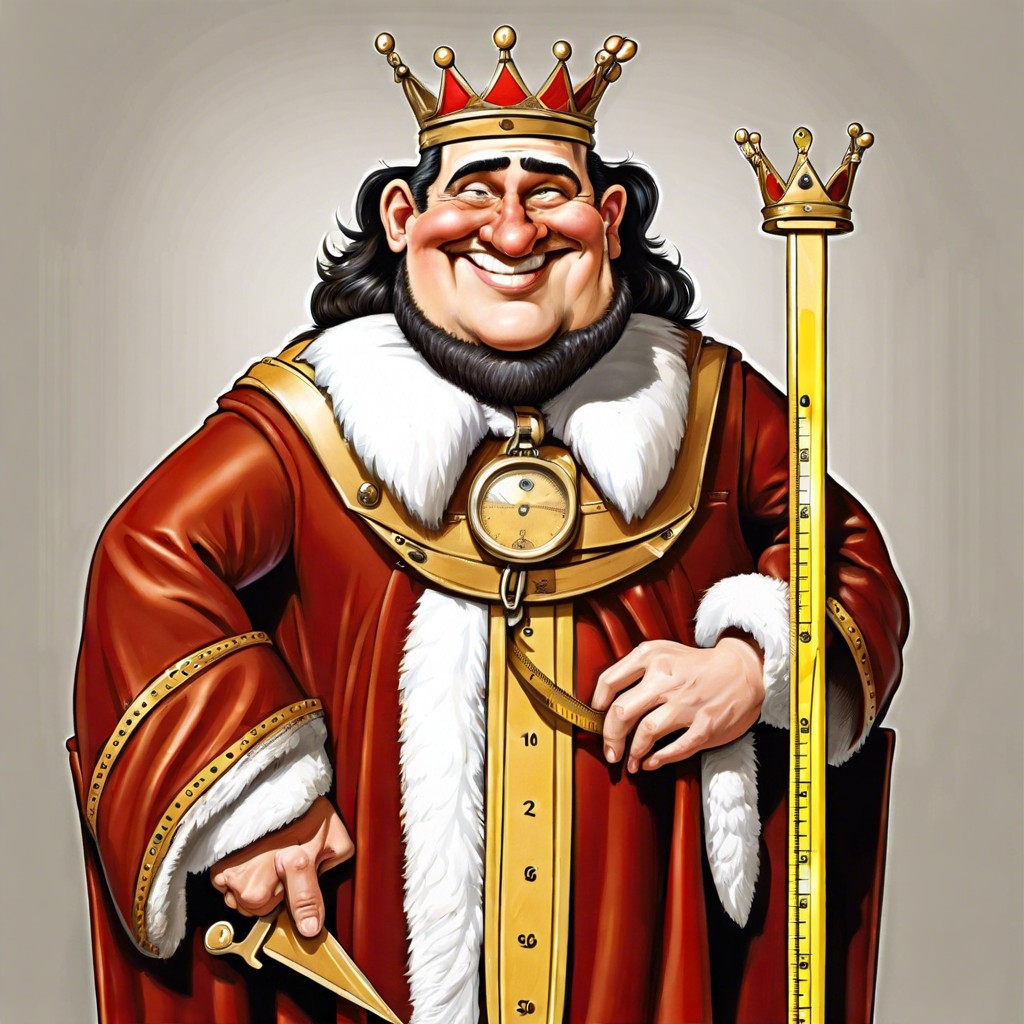Last updated on
Discover the towering size of Godzilla, the iconic movie monster, in this quick overview.
Key takeaways:
- Godzilla’s size has evolved over the years for cinematic impact.
- Advances in CGI technology have allowed for larger and more detailed portrayals of Godzilla.
- Godzilla’s size is influenced by the scale of the models used for filming.
- Size adjustments are linked to the thematic depth of the films.
- Godzilla’s colossal stature enhances the emotional impact and symbolism of the character.
Evolution of Godzilla’s Size Over the Years
When Godzilla first stomped onto screens in 1954, he was about 50 meters tall—a scale that allowed him to loom over Tokyo’s buildings, yet not completely dwarf them. This size conveyed immense power but still positioned Godzilla in a somewhat believable urban setting where he could interact with his environment in a visually striking way.
By the time the 1980s and the Heisei era rolled around, filmmakers decided to supersize Godzilla, boosting him to 80 meters. This change was partly due to the evolution of city skylines; as real-world buildings grew taller, so too must Godzilla to maintain his menacing presence.
The most dramatic size shift came with the Hollywood adaptations. In the 2014 film, Godzilla was portrayed as being about 108 meters tall, and this grew to approximately 120 meters by “Godzilla: King of the Monsters” in 2019. This escalation in size reflects not just advances in CGI technology, allowing for more massive and detailed creatures, but also a shift in how cinematic spectacles are expected to awe modern audiences.
Each increment in Godzilla’s height mirrors advancements in visual effects and shifts in audience expectations, underscoring how his size is as much a function of filmic needs as it is a symbol of his enduring cultural impact.
Design Factors Influencing Godzilla’s Size
The imposing figure of Godzilla has been subject to change, predominantly driven by the vision of filmmakers and the technological era in which each movie was produced. Initially, Godzilla’s size was heavily influenced by the scale of the models used for filming. Smaller models for cities meant Godzilla had to be towering enough to convincingly play the role of a giant monster.
As special effects evolved, so did Godzilla’s stature. The shift from practical effects to CGI allowed for a more colossal and menacing portrayal, aligning with modern audience expectations for larger-than-life cinema experiences. This increase in size not only made Godzilla more formidable but also expanded his role from a city stomper to a defender against other gigantic monsters.
Moreover, the creature’s size adjustments were invariably linked to the thematic depth of the films. In movies where Godzilla is depicted as a symbol of nuclear disaster, his larger size could be seen as a metaphor for the overwhelming and uncontrollable consequences of mankind’s actions. This artistic choice deepens the narrative, allowing Godzilla to embody larger environmental and political themes effectively.
Impact of Godzilla’s Size On His Role in Films
Godzilla’s colossal stature allows him to personify natural disasters, particularly embodying nuclear angst and the reckless consequences of human meddling. His size governs the narrative scope and intensity of the destruction portrayed, making his battles a visual spectacle. Filmmakers leverage his immense scale to evoke a sense of awe and terror that smaller monsters cannot match, aligning audience perceptions with the thematic depth of the films. This magnified presence on screen not only enhances the overall drama but also deepens the emotional impact, emphasizing the helplessness of humanity against such gargantuan forces. This dynamic plays a crucial role in elevating Godzilla from a mere monster to a powerful symbol in cinematic history.




